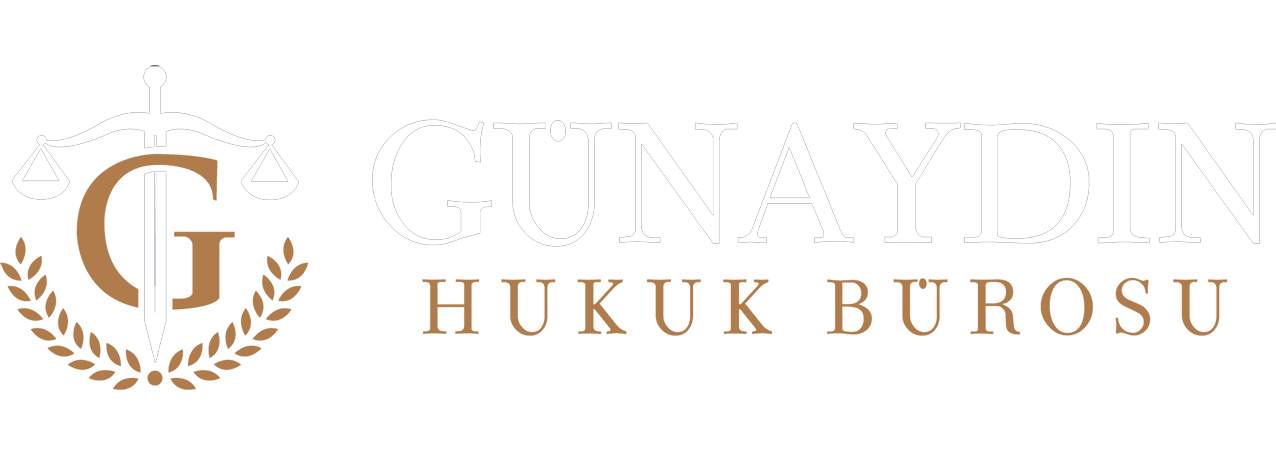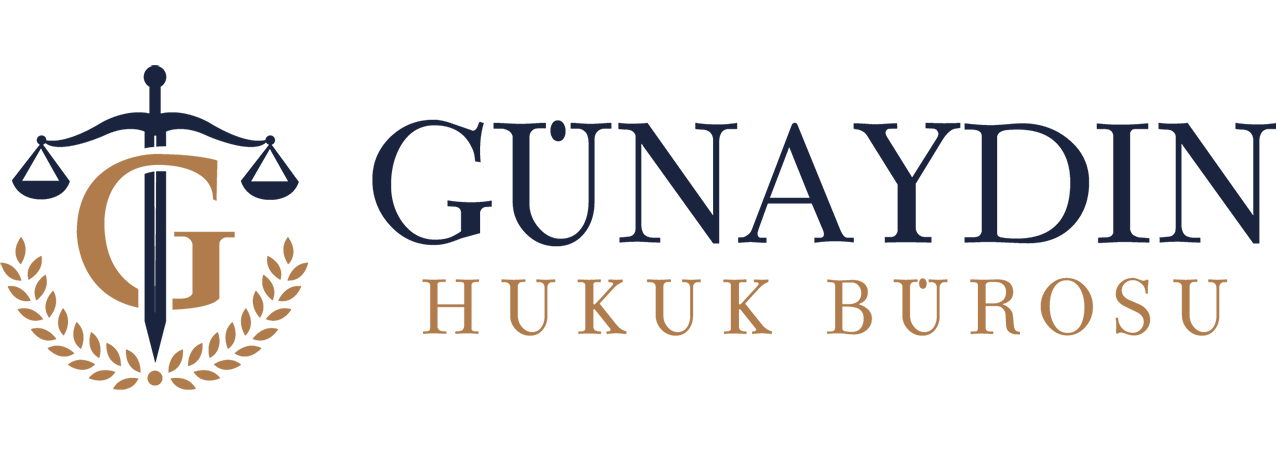In the ordinary course of life, individuals may suffer various damages as a result of unlawful acts or transactions of others. Situations such as being injured in a traffic accident, experiencing health problems as a result of a medical error, suffering commercial loss due to a breach of contract or being morally damaged as a result of an attack on personal rights fall within the field of compensation law. Compensation lawsuit is a type of lawsuit filed by the responsible persons or institutions in order to compensate the material or moral damages arising as a result of such wrongful acts or breaches of contract. This lawsuit is one of the most fundamental legal remedies for establishing justice and compensating the victim.
Legal Framework: Basics of Liability for Compensation
The general framework of liability for damages is set out in the Turkish Code of Obligations (TCO) numbered 6098. The Law analyses liability under two main headings: Tort liability and contractual liability. Tort liability, which is the most common type of compensation case, is basically regulated in Article 49 of the TCO.
Turkish Code of Obligations – Article 49
Anyone who harms another person by a wrongful and unlawful act is liable to compensate for this damage. Even if there is no rule of law prohibiting the damaging act, one who intentionally harms another by an immoral act is also liable to compensate for this damage.
This article reveals that four basic elements must be present in order for liability for compensation to arise:
- Unlawful Act: A person’s act is contrary to the mandatory provisions of the law, morality or personal rights.
- Damage: As a result of the unlawful act, the victim’s property is diminished (material damage) or his/her personal rights are damaged (moral damage).
- Fault: It is the failure of the person who commits the act to take the necessary care (negligence) or to cause the damage knowingly and intentionally (intention), although he/she is in a position to foresee that the damage will arise.
- Causal Link: The existence of a direct cause-and-effect relationship between the damage incurred and the unlawful act.
Types of Compensation: Material and Moral Compensation
Compensation cases are divided into two according to the nature of the damage claimed:
- Material Damages: It is the compensation for the tangible and measurable diminution in the property of the person as a result of the tort or breach of contract. The items of material compensation vary according to the nature of the event. For example, in a traffic accident; items such as treatment costs, medical expenses, loss of earning capacity (disability), loss of earnings, repair costs and depreciation of the vehicle may be subject to material compensation claim. In the event of a death, “compensation for deprivation of support” and funeral expenses incurred by those deprived of the support of the deceased may be claimed.
- Moral Compensation: It is a price paid in order to alleviate the pain, suffering, anguish and decrease in the joy of life due to the damage to the personal rights of the person (honour, dignity, body integrity, privacy of private life, etc.) as a result of an unlawful act. The purpose of moral compensation is not to provide enrichment, but to satisfy the victim morally. While determining the amount of non-pecuniary damages, the judge takes into account the gravity of the incident, the social and economic situation of the parties and the principle of equity.
Process of Filing a Compensation Lawsuit
- Collection of Evidence: Before filing a lawsuit, it is critical to collect all evidence that will prove the claims. Documents such as accident report, hospital reports, invoices, photographs, witness statements, expert reports form the basis of the lawsuit.
- Determination of the Competent and Authorised Court: The court in charge varies according to the subject of the case. In general, compensation cases are heard in the Civil Courts of First Instance. However, if the case arises from a commercial relationship, the Commercial Court of First Instance may be in charge, and if the case arises from a work accident, the Labour Court may be in charge. The competent court is usually the court of the defendant’s domicile or the place where the tort is committed.
- Preparation of the Statement of Claim: A petition is prepared in accordance with the procedure. In the petition, the information of the parties, summary of the incident, legal grounds, the amount of material and moral compensation requested and the evidence are clearly stated.
- Statute of Limitations: The right to sue for compensation is subject to certain statute of limitations. In torts, a lawsuit must be filed within 2 years from the date the injured party learns of the damage and the indemnity obligor, and in any case within 10 years from the date the act was committed. If the wrongful act also constitutes a criminal offence and the criminal law provides for a longer limitation period, this longer period shall apply.
Compensation is a fundamental legal mechanism that protects the rights of persons who have been harmed by an unlawful act. The success of these lawsuits for compensation of material and moral damages depends on proving the unlawful act, damage, fault and causal link with concrete evidence. For reasons such as the complexity of the process, the need to collect and present evidence correctly, the correct determination of the competent court and the correct determination of the competent court and not to miss the statute of limitations, it is strongly recommended that people who are considering filing a lawsuit for compensation seek legal assistance from a lawyer. A lawyer will professionally manage the process from the beginning to the end of the case and will ensure that any loss of rights is prevented.

